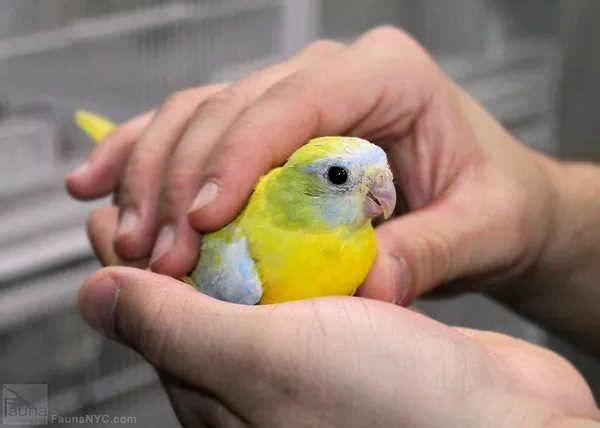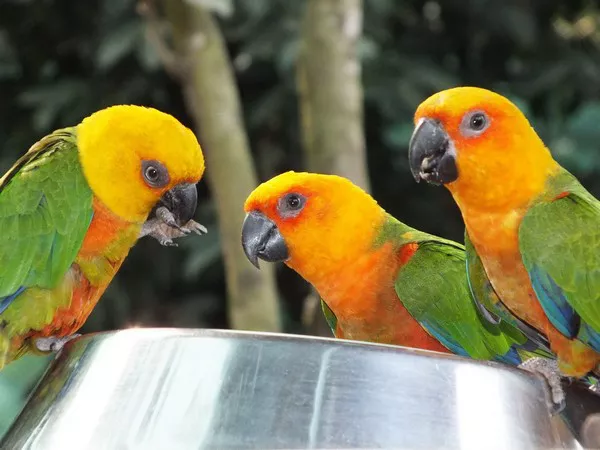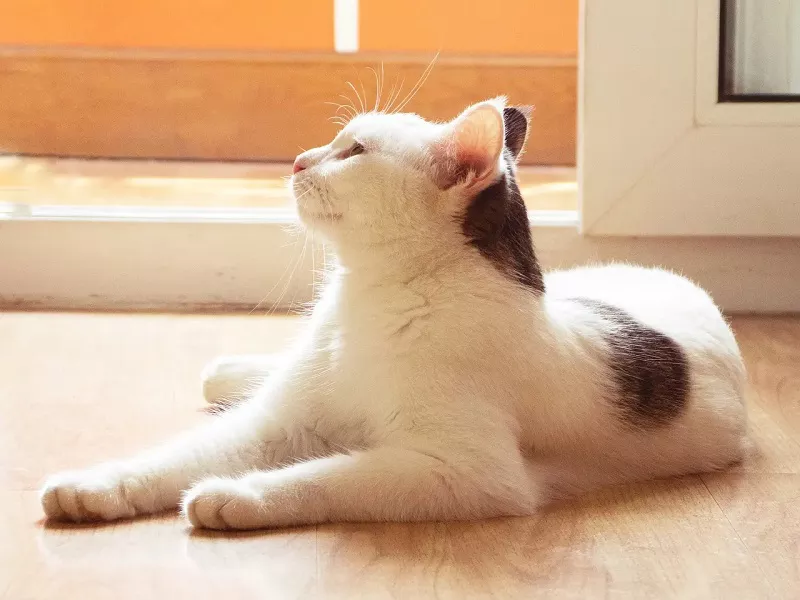African Gray Parrots, scientifically known as Psittacus erithacus, are among the most renowned and cherished parrot species worldwide. Loved for their incredible intelligence and engaging personalities, these birds have captivated the hearts of bird enthusiasts and pet owners alike. But have you ever wondered, “Where do African Grays live in the wild?” In this article, we’ll explore the natural habitat of African Gray Parrots, their geographical distribution, and the vital conservation efforts in place to protect these magnificent birds.
Natural Habitat of African Gray Parrots
African Gray Parrots are indigenous to the dense rainforests and wooded areas of West and Central Africa. These regions provide the ideal conditions for these parrots to thrive. Here’s a closer look at their natural habitat:
Geographical Range: African Gray Parrots are found across a broad geographical range, spanning multiple countries in West and Central Africa. Their distribution includes countries such as Cameroon, Ghana, Ivory Coast, Liberia, Nigeria, and Sierra Leone.
Rainforests and Woodlands: These parrots predominantly inhabit rainforests, moist lowland forests, and wooded savannahs. Within these lush environments, they find an abundant supply of fruits, nuts, seeds, and vegetation essential for their diet.
Treetop Dwellers: African Grays are known as canopy dwellers, spending most of their time in the treetops, where they forage for food, roost, and socialize. Their adept flying skills and strong beaks make them well-suited to this arboreal lifestyle.
Nesting Sites: These parrots are cavity nesters, meaning they seek out tree hollows or cavities to build their nests and raise their young. Finding suitable nesting sites is essential for their reproduction and survival.
Social Structure: African Gray Parrots are highly social birds, often forming flocks that range in size from a few individuals to larger gatherings. Within these flocks, they engage in social interactions, communicate, and share information about food sources and potential threats.
Conservation Status and Threats
Despite their widespread popularity as pets, African Gray Parrots face numerous threats in the wild. Their conservation status is a matter of concern, and several factors contribute to their decline:
Habitat Loss: Deforestation, driven by logging and agricultural expansion, is one of the primary threats to African Gray Parrot populations. As their natural habitat disappears, these birds lose their food sources, nesting sites, and protective cover.
Illegal Trade: African Gray Parrots are highly sought after in the exotic pet trade due to their intelligence and talking abilities. This illegal trade has led to significant population declines in the wild, as birds are captured and smuggled for the pet market.
Climate Change: Changing weather patterns, including prolonged droughts and altered rainfall, can disrupt the availability of food and water sources for these parrots.
Hunting and Predation: In some regions, African Gray Parrots are hunted for their meat or captured as a food source. Additionally, natural predators, such as snakes and birds of prey, pose threats to their survival.
Conservation Efforts
Efforts are underway to protect and conserve African Gray Parrots and their natural habitat. Several organizations, governments, and conservationists are working together to address the challenges these birds face:
Protected Areas: Establishing and maintaining protected areas and reserves in their native range helps safeguard critical habitats for African Gray Parrots. These areas offer sanctuary and promote the conservation of biodiversity.
Anti-Poaching Measures: Law enforcement efforts, including anti-poaching units and stricter regulations on the trade of African Grays, aim to combat illegal capture and trafficking.
Community Involvement: Engaging local communities in conservation initiatives is vital. Sustainable livelihoods and alternative income sources can reduce the reliance on capturing parrots for income.
Breeding and Release Programs: Some conservation organizations are involved in captive breeding programs, aiming to release birds back into the wild to bolster wild populations.
Research and Monitoring: Ongoing research helps gather essential data on African Gray Parrot populations, behaviors, and threats. Monitoring programs inform conservation strategies and adaptive management.
Conclusion
African Gray Parrots, with their remarkable intelligence and charming personalities, are iconic parrots of Africa’s rainforests and woodlands. Understanding their natural habitat and the challenges they face is essential for their conservation. Conservation efforts, driven by international cooperation and local involvement, are critical to protecting these parrots and ensuring their continued existence in the wild. As we celebrate the beautyand uniqueness of African Gray Parrots, let us also join in the global efforts to preserve their natural home and secure a brighter future for these incredible birds.
Recommended reading:
























